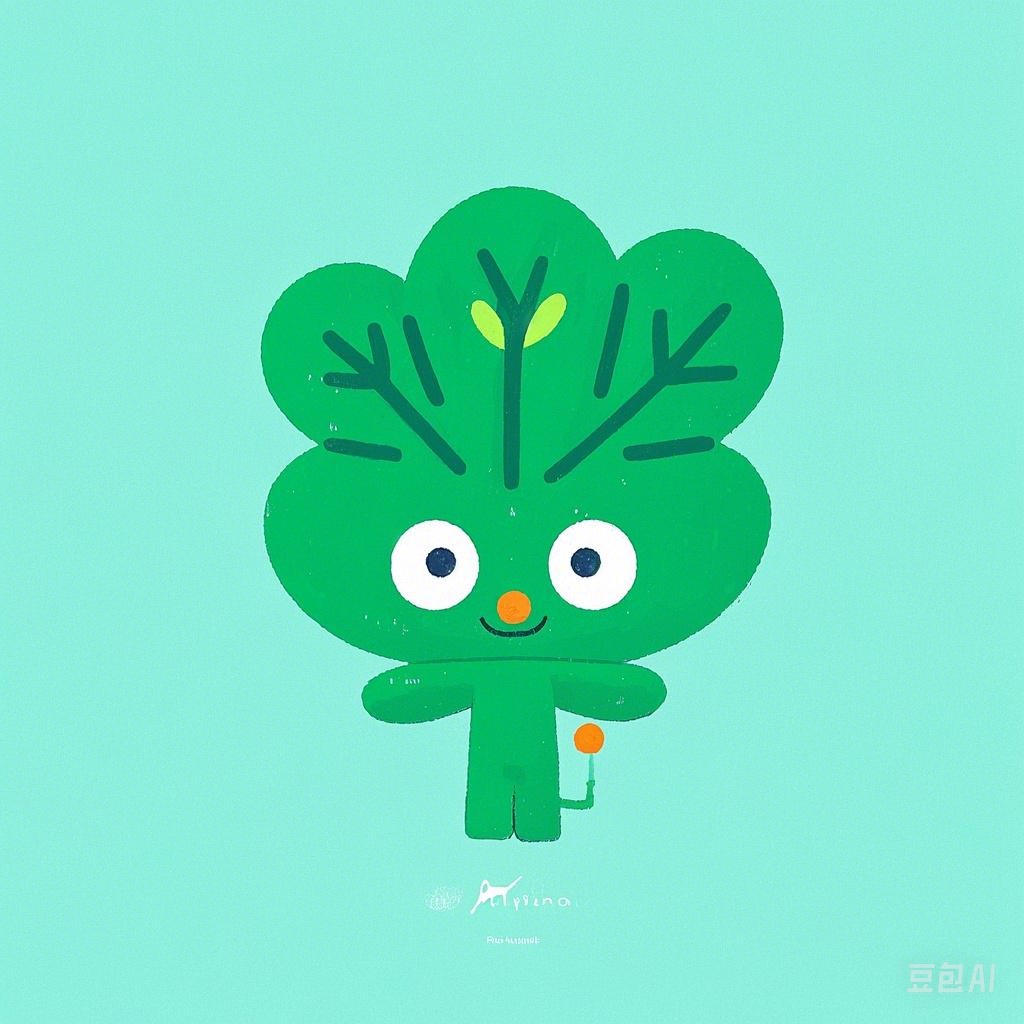Creating English ecosystem illustrations is a fascinating art form that combines scientific knowledge with artistic creativity. Whether you are a student, an educator, or an environmental enthusiast, learning how to create these detailed and informative illustrations can be both rewarding and educational. This guide will take you through the process of creating your own English ecosystem illustrations, step by step.
Step 1: Understanding Ecosystems
Before diving into the illustration process, it’s important to have a solid understanding of ecosystems. An ecosystem is a community of living organisms, along with the non-living elements of their environment, interacting as a system. English ecosystems can vary widely, from forests and wetlands to grasslands and coastal areas.
Key Components of an Ecosystem
- Biotic Components: These include all living organisms within an ecosystem, such as plants, animals, fungi, and microorganisms.
- Abiotic Components: These are the non-living elements, such as soil, water, air, and sunlight.
- Interactions: The relationships between the biotic and abiotic components, such as symbiotic relationships, food chains, and nutrient cycles.
Step 2: Research and Planning
Researching Specific Ecosystems
Choose the specific English ecosystem you want to illustrate. Research its characteristics, including climate, soil type, vegetation, and animal life. This will help you create an accurate and detailed representation.
Sketching a Basic Layout
Create a basic sketch of your ecosystem. Consider the layout of different components, such as the placement of different species, water bodies, and vegetation. This will serve as a blueprint for your final illustration.
Step 3: Gathering Materials
To create your ecosystem illustration, you will need the following materials:
- Drawing Paper: Good quality paper that can handle detailed pencil work.
- Pencils: A range of pencils, including hard (HB) and soft (B) grades, for shading and detailing.
- Eraser: A good-quality eraser to correct mistakes.
- Colored Pencils or Markers: For adding color to your illustration.
- 参考资料: Books, articles, and online resources on the specific ecosystem you are illustrating.
Step 4: Drawing the Outline
Start by drawing the outline of your ecosystem. Begin with the larger elements, such as trees, mountains, and water bodies, and then add smaller details like plants, animals, and other features.
Tips for Drawing the Outline
- Start with the Bigger Picture: Begin with the larger elements of your ecosystem, such as trees and mountains.
- Add Details Gradually: As you become more comfortable with the drawing, start adding smaller details like plants, animals, and other features.
- Use References: Refer to your research materials to ensure accuracy in the depiction of your ecosystem.
Step 5: Shading and Texturing
Shading and texturing are crucial for adding depth and dimension to your illustration. Use a variety of pencil grades to create smooth transitions between light and dark areas.
Techniques for Shading and Texturing
- Cross-Hatching: Use diagonal lines to create a sense of texture and depth.
- Stippling: Use small dots to add texture to areas like grass or fur.
- Blending: Smooth out pencil lines to create a more natural look.
Step 6: Adding Color
Once you are satisfied with the shading and texture, it’s time to add color. Use colored pencils or markers to bring your ecosystem to life. Pay attention to the color schemes that are typical for your chosen ecosystem.
Tips for Adding Color
- Use Realistic Colors: Try to match the colors of your ecosystem as closely as possible to the real thing.
- Add Variety: Use a range of colors to create a visually appealing and dynamic illustration.
Step 7: Finishing Touches
Add any final details, such as labels for different species, and make any necessary corrections. Step back and take a look at your work to ensure that everything is balanced and accurate.
Final Tips
- Review Your Work: Step back and review your illustration to ensure that everything is balanced and accurate.
- Seek Feedback: If possible, show your illustration to someone else and ask for their feedback.
Conclusion
Creating English ecosystem illustrations is a rewarding process that combines scientific knowledge with artistic skill. By following this step-by-step guide, you can create detailed and informative illustrations that capture the beauty and complexity of English ecosystems. Happy illustrating!
